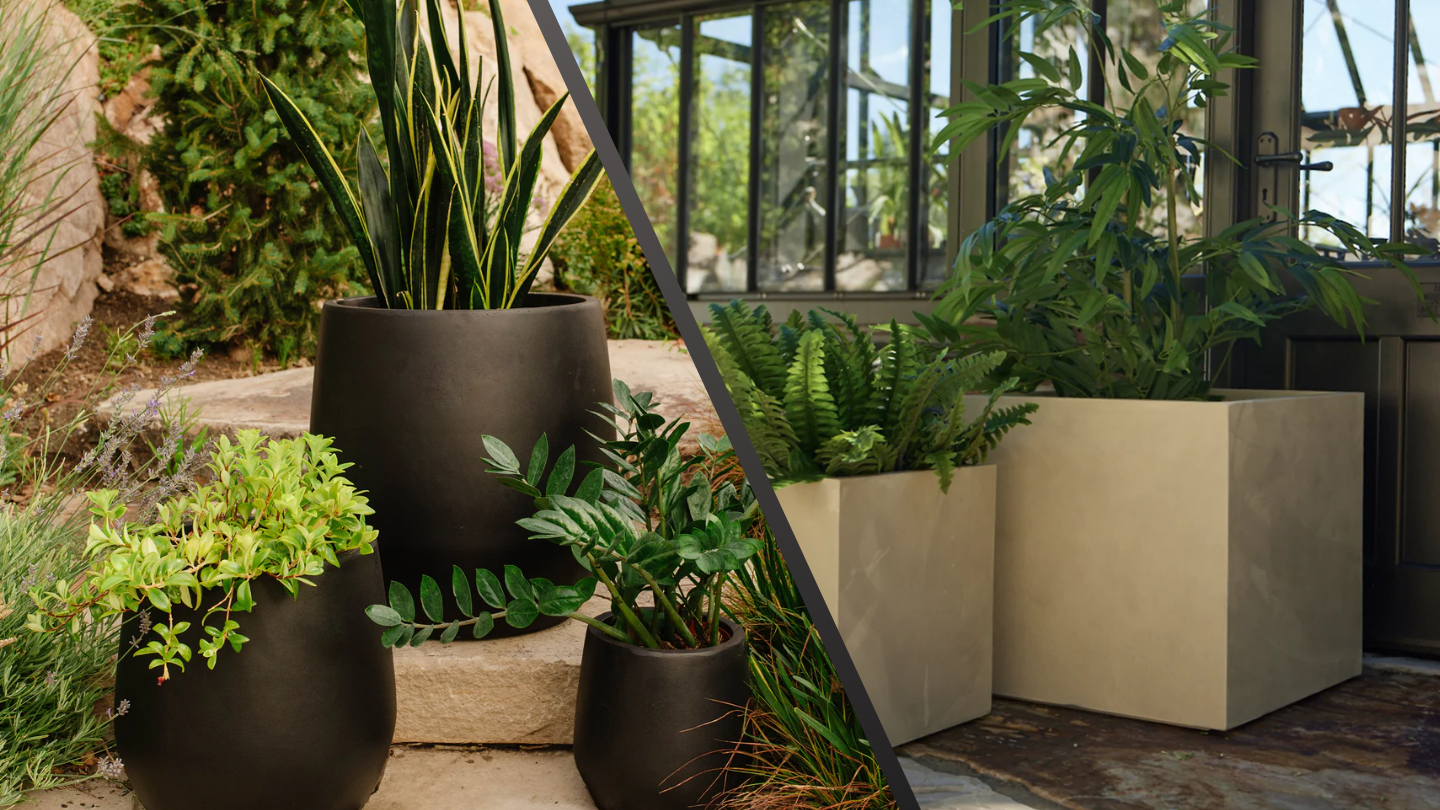Planter Boxes vs. Traditional Garden Beds: Which One Fits Your Growing Goals?
Planning a home garden comes with one big decision early on
Planning a home garden comes with one big decision early on: where should your plants grow? For many gardeners, the choice comes down to planter boxes or traditional in-ground beds. Each option has pros and cons, and the best one depends on what you’re trying to grow, how much space you have, and how much maintenance you want to handle.
Let’s break down the differences and help you decide which option makes the most sense for your garden setup.

What Are Planter Boxes?
A garden planter box is a raised container that holds soil and plants above ground level. These boxes come in many shapes and sizes. Some are deep enough for root vegetables like carrots or potatoes. Others are shallow and better suited for herbs or flowers.
You can place them on patios, decks, balconies, or in backyards. Their flexibility makes them popular for urban spaces or places with poor native soil.
What Makes Planter Boxes So Useful?
There are several practical benefits to using planter boxes:
- Control over soil: You choose the exact soil mix, which is ideal if your local soil is rocky, heavy, or lacks nutrients.
- Better drainage: Planter boxes naturally drain well, helping prevent root rot.
- Fewer weeds: Raised designs reduce exposure to weed seeds in native soil.
- Easier access: You won’t need to bend down as much, which is great for those with limited mobility.
Some boxes also include built-in features like trellis supports, water reservoirs, or even small greenhouse covers.
When Traditional Garden Beds Work Best
In-ground beds are ideal if you have plenty of outdoor space and want to grow large volumes of crops. Here are a few upsides:
- More growing room: Traditional beds aren’t limited by box size.
- Lower setup cost: You don’t need to build or buy containers.
- Good for large crops: Corn, squash, and other space-hungry plants thrive in the ground.
However, these beds require more prep. You’ll need to test and amend the soil, remove weeds, and build irrigation if rainfall isn’t reliable.
Key Differences Between Planter Boxes and In-Ground Beds
| Feature | Planter Boxes | Traditional Beds |
|---|---|---|
| Setup | Requires container or kit | Just soil preparation |
| Soil Control | Full control | Depends on local soil |
| Weeds | Fewer | More common |
| Access | Easier (raised) | Requires bending |
| Cost | Higher upfront | Lower upfront |
| Flexibility | High (can move or reconfigure) | Low (fixed in ground) |
What to Consider Before You Choose
Before deciding, ask yourself:
- What’s your growing space? Planter boxes work well in tight or paved areas.
- How much time do you have? Planter boxes require less maintenance, especially early in the season.
- What are you growing? Deep-rooted plants like tomatoes, peppers, or potatoes need roomy containers or loose in-ground soil.
- Do you want to move your garden later? Boxes are mobile; in-ground beds are permanent.
Combining Both Methods
Many gardeners use a combination of garden planter box systems and traditional beds. You can grow herbs and salad greens in containers close to your kitchen, while planting rows of root vegetables in backyard beds.
This mixed approach allows you to test different growing styles and gradually expand your garden without a complete overhaul.
Tips for Successful Growing in Planter Boxes
If you choose planter boxes, here are a few tips for success:
- Use high-quality soil: Choose a lightweight mix designed for containers. This keeps water flowing and prevents compaction.
- Water regularly: Container soil dries out faster. Consider using self-watering inserts or trays.
- Fertilize often: Nutrients can wash out quickly, so feed your plants with compost or liquid fertilizer as needed.
- Monitor drainage: Make sure water can exit through holes or gravel layers at the bottom of the box.
Adding mulch also helps retain moisture and reduce surface weeds.
Aesthetics and Organization
Planter boxes can double as garden décor. Arrange them along walkways or stack them vertically to create green walls. Use matching containers for a uniform look, or mix colors and shapes to create a more playful design.
You can also label your boxes to keep track of crop rotations or planting dates.
Final Thoughts
Planter boxes and in-ground beds both have substantial advantages. If you want control, convenience, and style, go with a garden planter box system. If you’re working with wide open spaces and want to grow larger crops, traditional beds make more sense.